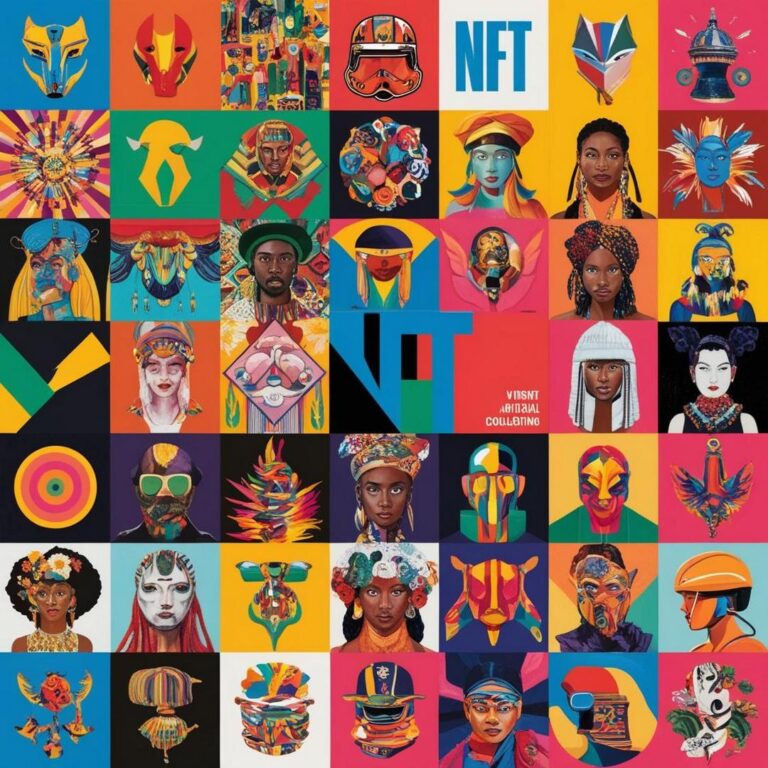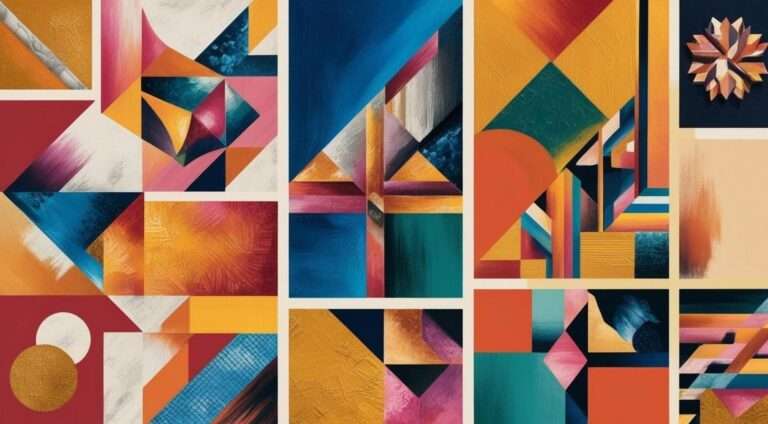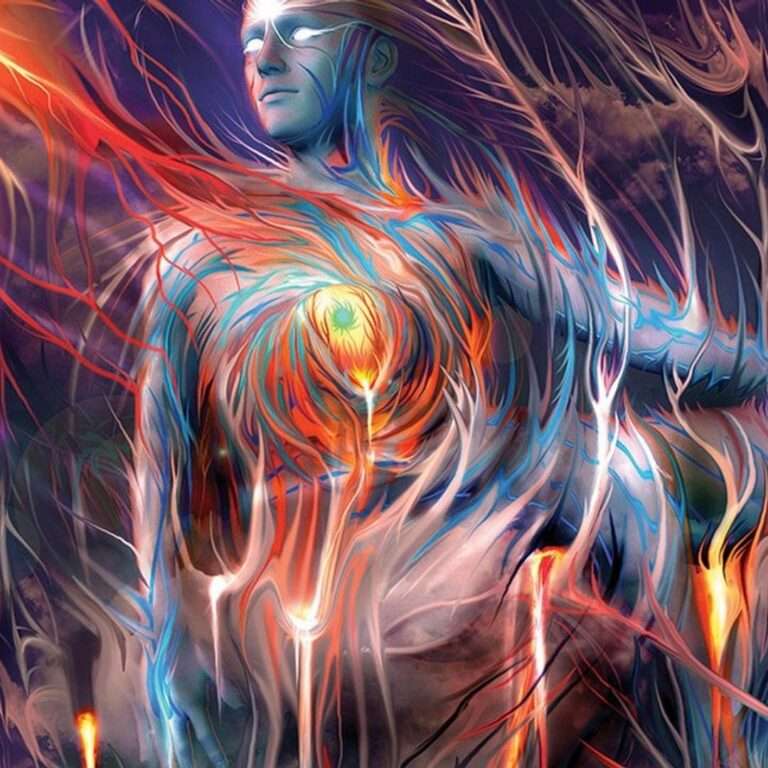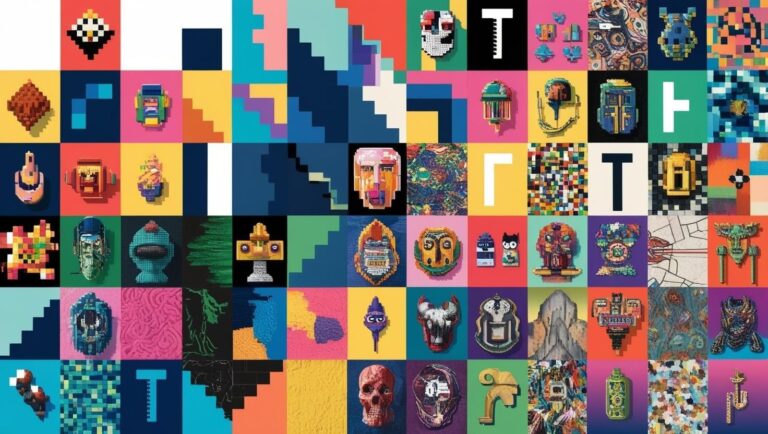NFT Art vs. Digital Art: Understanding the Key Differences
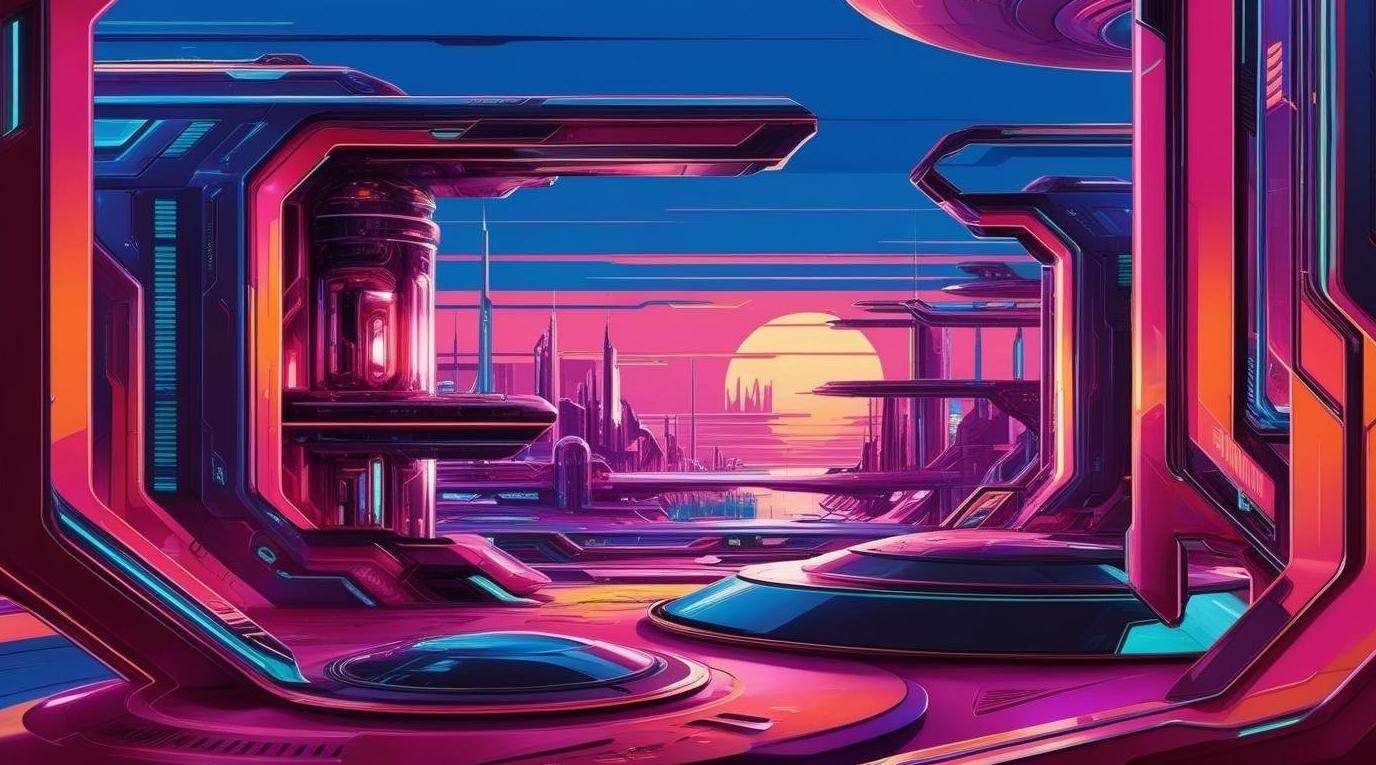
Digital art has existed for decades, but NFTs have revolutionized how we view, buy, and sell digital creations. While these concepts are related, they represent distinct approaches to digital creativity with important differences in ownership, value, and marketplace dynamics.
What is Digital Art?
Digital art refers to any artistic work created using digital technology. This includes illustrations made in software like Photoshop, 3D renders, digital paintings, animations, and more. Digital art has been around since computers became accessible to artists in the 1960s and has evolved alongside technological advancements.
Key characteristics of digital art include:
- Created using digital tools and software
- Easily reproducible with no loss of quality
- Can be shared widely across the internet
- Traditionally difficult to establish scarcity or unique ownership
What are NFTs?
NFT stands for Non-Fungible Token. These are blockchain-based digital certificates that verify ownership and authenticity of a specific digital asset. NFTs use blockchain technology (most commonly Ethereum) to create verifiable scarcity and provenance for digital items.
Key characteristics of NFTs include:
- Unique tokens stored on a blockchain
- Contain metadata linking to the digital asset and its creator
- Create verifiable scarcity in the digital realm
- Allow for tracked ownership, royalties, and resales
Key Differences Between NFT Art and Digital Art
| Aspect | Digital Art | NFT Art |
|---|---|---|
| Ownership | No built-in ownership verification | Blockchain-verified ownership |
| Scarcity | Infinitely reproducible | Artificially scarce through tokenization |
| Monetization | Traditional sales or licensing | Direct sales with potential royalties |
| Marketplace | Standard art platforms or commissions | Specialized NFT marketplaces |
| Environmental Impact | Minimal | Potentially high carbon footprint |
| Value Proposition | Aesthetic or functional value | Includes collectibility and investment aspects |
| Transferability | File transfer only | Blockchain-secured transfer of ownership |
Ownership and Authentication
Digital Art: Traditional digital art has always faced challenges around establishing ownership. When you purchase digital art directly from an artist, you typically receive the file, but nothing prevents the artist or others from creating identical copies. There’s no built-in mechanism to prove you own the “original.”
NFT Art: NFTs solve this problem by creating a blockchain record that verifies ownership of a specific digital item. The token contains metadata that links to the artwork and records its creator, previous owners, and transaction history. This creates a chain of provenance that didn’t previously exist in digital art.
Scarcity and Value
Digital Art: Digital files can be copied infinitely without degradation, making scarcity difficult to establish. Value typically derives from the artwork’s aesthetic quality, the artist’s reputation, or the work’s utility.
NFT Art: By tokenizing digital art, NFTs introduce artificial scarcity. Even if the underlying image can be viewed by anyone, only one person (or a limited number if multiple tokens are created) can claim verifiable ownership of the “original.” This scarcity mechanism has enabled digital artists to sell works for prices previously unimaginable in the digital art world.
Marketplace and Distribution
Digital Art: Digital artists traditionally sell through personal websites, art platforms like ArtStation or Behance, or directly to clients for commercial use. Revenue typically comes from one-time sales, commissions, or licensing.
NFT Art: NFT artists sell through specialized marketplaces like OpenSea, Rarible, or Foundation. These platforms handle the minting (creation) of NFTs and facilitate sales through cryptocurrency transactions. Many NFT marketplaces also enable automatic royalties, where artists receive a percentage of each resale of their work.
Environmental Considerations
One major point of contention between traditional digital art and NFTs concerns environmental impact. Most NFTs use blockchain technology that relies on energy-intensive processes, particularly those using “proof of work” consensus mechanisms like Ethereum (though Ethereum has transitioned to the more efficient “proof of stake” system).
Digital art creation itself has a relatively small carbon footprint compared to the energy consumption of blockchain transactions involved in minting and trading NFTs. This environmental concern has led some digital artists to reject NFTs entirely, while others are exploring more energy-efficient blockchain alternatives.
Different Perspectives on NFT Art
The NFT art movement has generated significant debate within the art world and beyond:
Supporters argue:
- NFTs have democratized art collecting and created new revenue streams for digital artists
- Blockchain technology solves the longstanding problem of digital ownership
- NFT communities provide valuable networking and exposure for artists
- The technology enables artists to receive royalties from secondary sales
Critics contend:
- The NFT market is speculative and potentially unsustainable
- Many NFT projects lack artistic merit and focus purely on speculation
- Environmental concerns outweigh potential benefits
- Issues with copyright infringement and unauthorized tokenization are prevalent
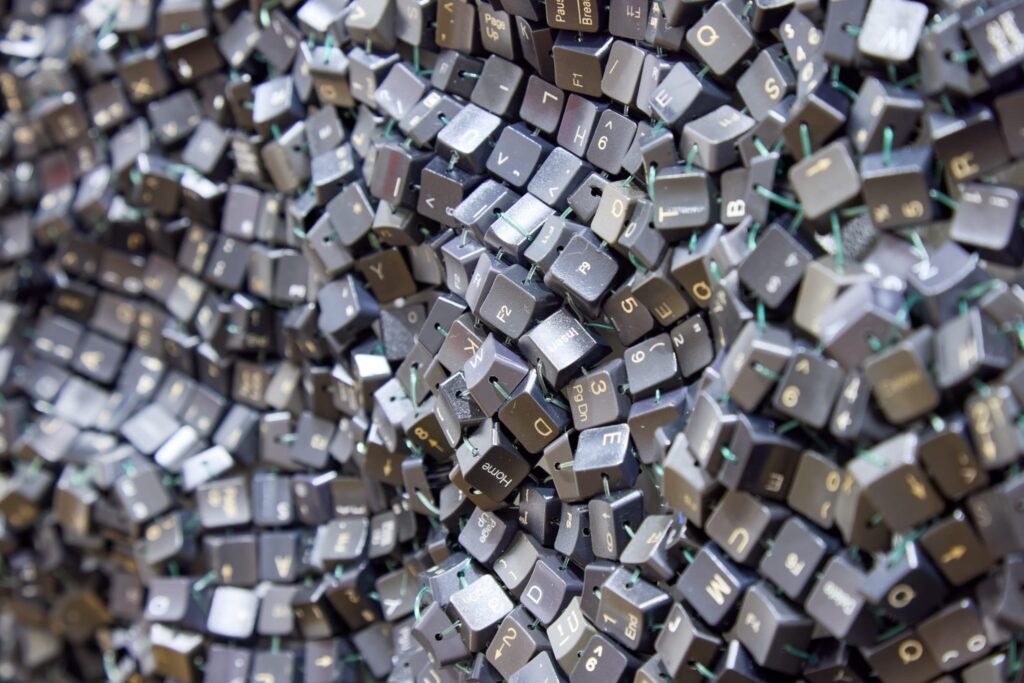
FAQ
Can any digital artwork be turned into an NFT?
Yes, technically any digital file can be “minted” as an NFT. However, you should only mint artwork you’ve created or have explicit permission to tokenize. Unauthorized minting of others’ work has become a significant problem in the NFT space.
If I buy an NFT, do I own the copyright to the artwork?
Not necessarily. Purchasing an NFT typically grants you ownership of the token itself, which points to the artwork. Unless specifically included in the terms of sale, copyright and reproduction rights usually remain with the artist. This is similar to traditional art, where buying a painting doesn’t grant you the right to make and sell prints of it.
Can digital art have value without being an NFT?
Absolutely. Digital art has had commercial value long before NFTs existed. Artists create value through commissions, commercial licensing, prints, and other traditional revenue streams. NFTs simply provide a new mechanism for establishing provenance and scarcity in the digital realm.
Are NFTs just a trend or here to stay?
While the initial NFT boom of 2021 has cooled, the underlying technology offers genuine utility for digital ownership verification. The future likely involves more practical applications of NFTs with stronger ties to utility and less speculation. The technology itself will likely evolve but persist in some form.
How do artists benefit from minting their work as NFTs?
NFTs can provide artists with several benefits: direct sales without intermediaries, potential royalties from secondary sales (typically 5-10%), greater control over their work’s provenance, access to global markets, and connection to collector communities. However, success in the NFT space often requires significant marketing efforts and community building.

